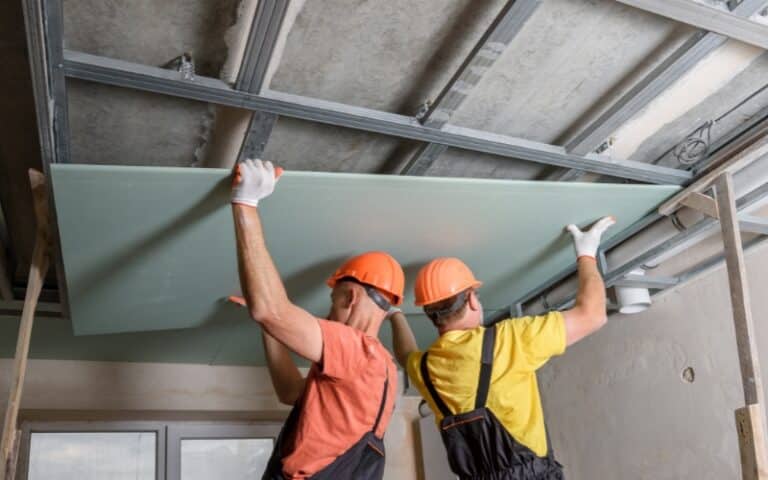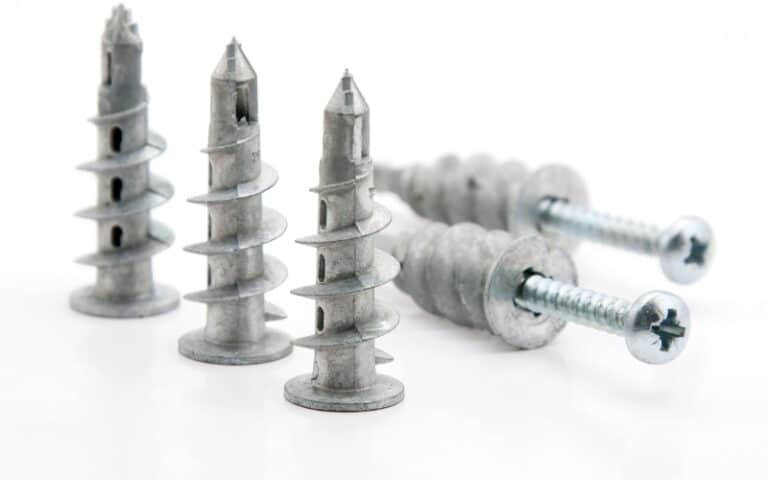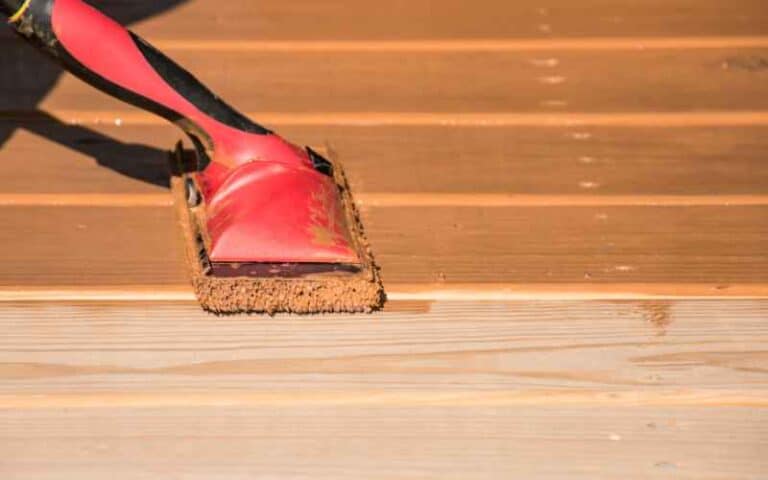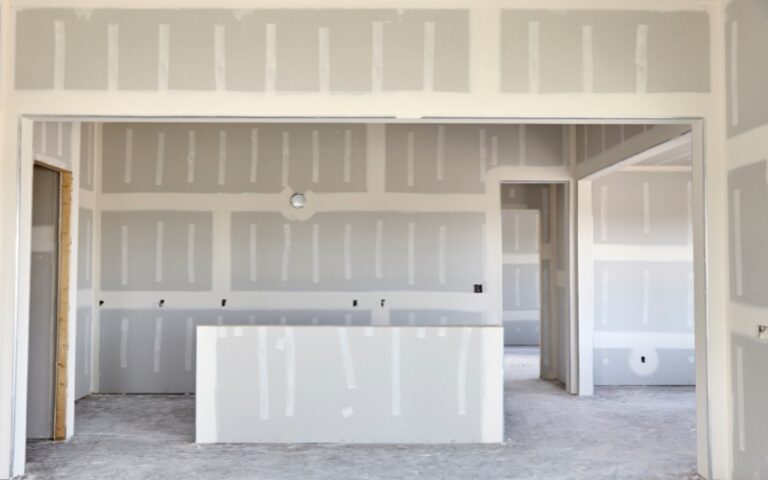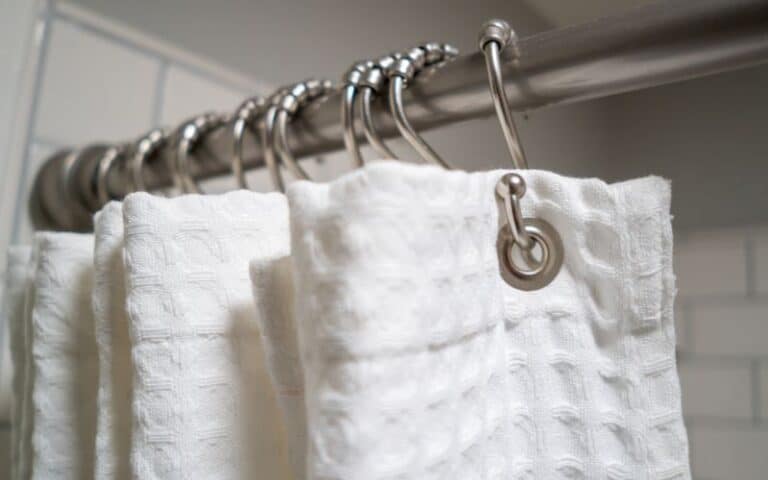Do you have cracks in your drywall? You must have considered tearing down the drywall to mud the entire area and redoing it.
However, there is a much easier and faster way to repair those hairline cracks in your drywall without breaking it down.
Furthermore, you can fill up gaps and holes in drywall without exceeding your budget.
Hence, can I caulk drywall corners?
You can save money and time by caulking the corners of your drywall when cracks appear. Furthermore, you can caulk areas with cracks, holes, and gaps instead of renovating the entire property. Additionally, you can caulk drywall corners in laundry rooms, mudrooms, and closets.
Have you been searching for a means to repair hairline cracks with little cost? This article is perfect for you.
This article will educate you on the pros and cons of caulking, why and when you should consider caulking your drywall.
Ready for a Drywall Quiz?
Should You Caulk the Corners of Drywall?
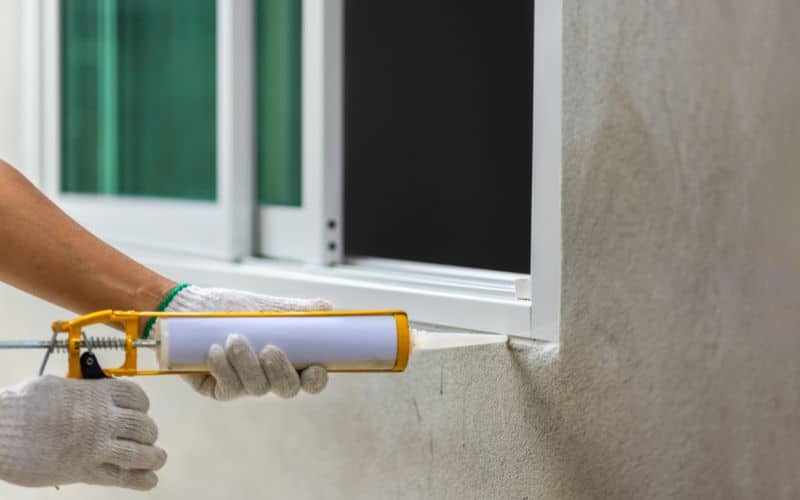
It’s not uncommon for homeowners to have issues with the corners of their drywall. Drywall gets easily damaged, and it’s a problem for homeowners.
When your drywall starts to age, the compound that holds this drywall together begins to break down.
Hence, cracks begin to form, ruining the project’s aesthetics. Furthermore, it reduces the quality and strength of your drywall and makes it look unfinished.
As a result, you will have to make repairs constantly that cost you money. It will soon become a burden if you constantly repair your drywall.
Hence, caulking is an easy fix that will cost less than repairing the entire drywall. In addition, you can caulk the corners of your drywall during construction.
Caulking the corners of drywall will give it a better finish, and the job will last a decade or more without cracking.
Some high-end professionals may prefer to avoid the idea of you caulking the corners of your drywall.
However, doing it well and using high-quality caulk will give your project a good finish.
Furthermore, you will be the only one to know that you caulked the corners of your drywall.
Five Best Caulk for Drywall Corners
The suitable materials make all the difference in the output quality of your project.
There are many kinds of caulk available. However, buying the right caulk for your project would be best. Each caulk is best suited to a crack or area in your house.
Hence, this section will highlight the five best caulk for your project.
#1. Elastomeric Patch and Caulking Compound
Elastomeric Patch and Caulking Compounds are commonly used to fix masonry surface holes, cracks, and gaps.
Construction workers use this caulk in repairing expansion joints because it expands together with the material.
Hence, it is a solid choice for repairing breakages in concrete walls and spaces around windows and doors.
#2. High-Strength Crack Repair Caulking Sealant
This type of caulk is perfect for fixing cracks in ceilings and walls. This type of caulk creates a solid bond between surfaces that is almost impossible to break.
#3. Elastopatch Textured Caulking Sealant
Elastopatch Textured Caulking Sealant is a caulk you can use on any surface. It is a waterproof multipurpose caulk because of its silicon acrylic nature.
Furthermore, it is also mold-resistant and weather resistant. Hence, you can apply it in any area of your house.
#4. Heavy Duty Construction Caulking Adhesive
Heavy Duty Construction Caulking Adhesive is another multipurpose caulk. You can use the caulk on various surfaces because it is flexible but firm.
Furthermore, you can use it on exterior and interior surfaces.
#5. Acrylic Latex Caulking Sealant
Acrylic Latex Caulking Sealant is quite versatile; so you can use it for several purposes.
It is easy to apply, and you don’t have to worry about making errors during the application because it won’t ruin your project.
It is an ideal option for you to use for drywall corners because you can cover it up with paint to match your drywall.
How To Caulk Inside Corners of Drywall?
Caulk is an easy-to-use substance that always comes with instructions printed on the side of the tube.
However, before applying caulk on the corners of the drywall, test the substance first.
You can test the caulk you bought on a disposable surface to ensure its correct color and consistency is good.
If you get the color wrong or the caulk needs to be of better quality, it will ruin the drywall instead of fixing it. Hence, you have to be attentive while doing this project.
If you’re looking forward to doing this project yourself, you’ll have to get the following tools and supplies;
- Caulking gun
- Pen or pencil
- Paper towel or rag
- Step ladder for high places
- Sandpaper
- Putty knife
- Caulk tube
Step-by-Step Process Caulk the Inside Corners of Drywall
Below is a step-by-step process you can follow to apply caulk inside corners of drywall effectively:
#1. Prepare the Surface
You must prepare the surface you want to repair before applying any caulk. The surface is most likely old and has dust on it. You have to take out all the dust.
Furthermore, if you’ve applied caulk in that area before, you must also remove that. Additionally, when your surface has any paint, scrape it off.
Scraping off old surfaces will reveal a fresh surface, and when it comes in contact with the caulk, it will create a long-lasting seal.
You can use sandpaper or a putty knife to scrape the surface. Wipe the surface using a wet rag when you finish applying the caulk.
#2. Remove the Tip of this Caulk Tube
Before you remove the tip from the tube, examine the crack’s extent and the wall’s depth.
Examining the crack will enable you to determine how big the opening of the caulk tube needs to be. Hence, take out the tip of the tube according to the depth of the wall.
#3. Put the Tube of the Caulk into the Caulking Gun
After you’ve removed the tip of your tube, insert the tube into your caulking gun. Pull the plunger of the caulking gun until it holds in place, and put this tube into your gun’s barrel.
Squeeze the gun’s tripper to launch the plunger. Finally, place the gun’s tip in the area you want to fill up.
However, if you don’t have a caulking gun, you can also squeeze the contents of the tube by hand. Nevertheless, doing the project with a caulking gun would be best.
#4. Smooth the Caulk
Once you apply the caulk to a particular area, use your knife or hand to smoothen it.
Ensure you smoothen it out before the caulk dries. Furthermore, run along the inside corner if you’re using your finger.
Use your knife to scrape off the excess caulk. Ensure you scrape off the excess, or it will surface over your drywall.
Drywall cracks around windows and doors are common because of these areas’ constant use and moisture. You can add caulk along these edges to repair and smooth cracks.
Should You Caulk Drywall Corners Before Painting?
It’s not uncommon for professional painters to caulk drywall before painting. However, they do this if the project requires caulking.
For instance, someone can caulk drywall corners in low-traffic areas of their house. Furthermore, you can also do this for cheap projects.
On the other hand, I recommend you use tape instead of caulk for high-quality projects in high-traffic areas.
Is It Better to Tape Drywall Corners?
Drywall corners have a reputation for being challenging to tape down. In terms of ease, it’s easier to caulk drywall corners.
Hence, if you’re good at caulking, you can caulk drywall corners rather than having difficulty with tape.
However, if you need to improve your caulking skills, I suggest you stick to taping. You can use paper tape for drywall corners.
Several builders prefer paper tapes because they don’t stretch out as much and hold drywall panels firmly together.
Nevertheless, if you have little knowledge of tape installation, call a professional to help you with the project.
What Should I Know About Fixing a Crack in a Drywall Seam?
When dealing with drywall seam cracks, it is essential to follow a step-by-step process. First, clean the area by removing loose debris and old tape. Next, apply a thin layer of joint compound over the crack, followed by embedding a new joint tape. Lastly, smoothen the area with additional joint compound and sand it lightly before painting. Expertly fixing drywall seam cracks can restore the wall’s appearance seamlessly.
Can You Fill Gaps in Drywall with Caulk?
Caulk is an excellent choice to use in filling gaps in drywall. There are several kinds of caulk you can find. You can leverage the situation to get the best caulk available.
Furthermore, there is a caulk for every type of crack. Hence, before you go to purchase one, ensure you research the type of caulk you need for the gap.
Below is a table that highlights the advantages and disadvantages of using caulk to fill gaps in drywall:
| Pros | Cons |
|---|---|
| Faster solution to cracks | Difficult to sand |
| Beginner friendly | Hard to fix when you make a mistake |
When to Call a Professional to Fix Cracks in Drywall?
Caulking is only efficient for minor cracks. However, if you see severe cracks on your drywall, call a professional to look at it.
A professional will ascertain the cause of the cracking before fixing anything.
You should know the cause of the cracks before fixing it up because it may be more severe than it seems.
There may be several reasons why cracks appear on the drywall in your house. Your house could suffer from moisture damage, foundation issues, or weight-bearing stress and crack your drywall.
Hence, you must address the root cause of these cracks before you proceed to fix the cracks in the drywall.
However, if there are minor cracks in less busy areas of your house, you can proceed to caulk the cracks to save time.
Thus, you can explore your local store to find available caulks for minor cracks. However, I suggest you go for a variant that will last years after application.

